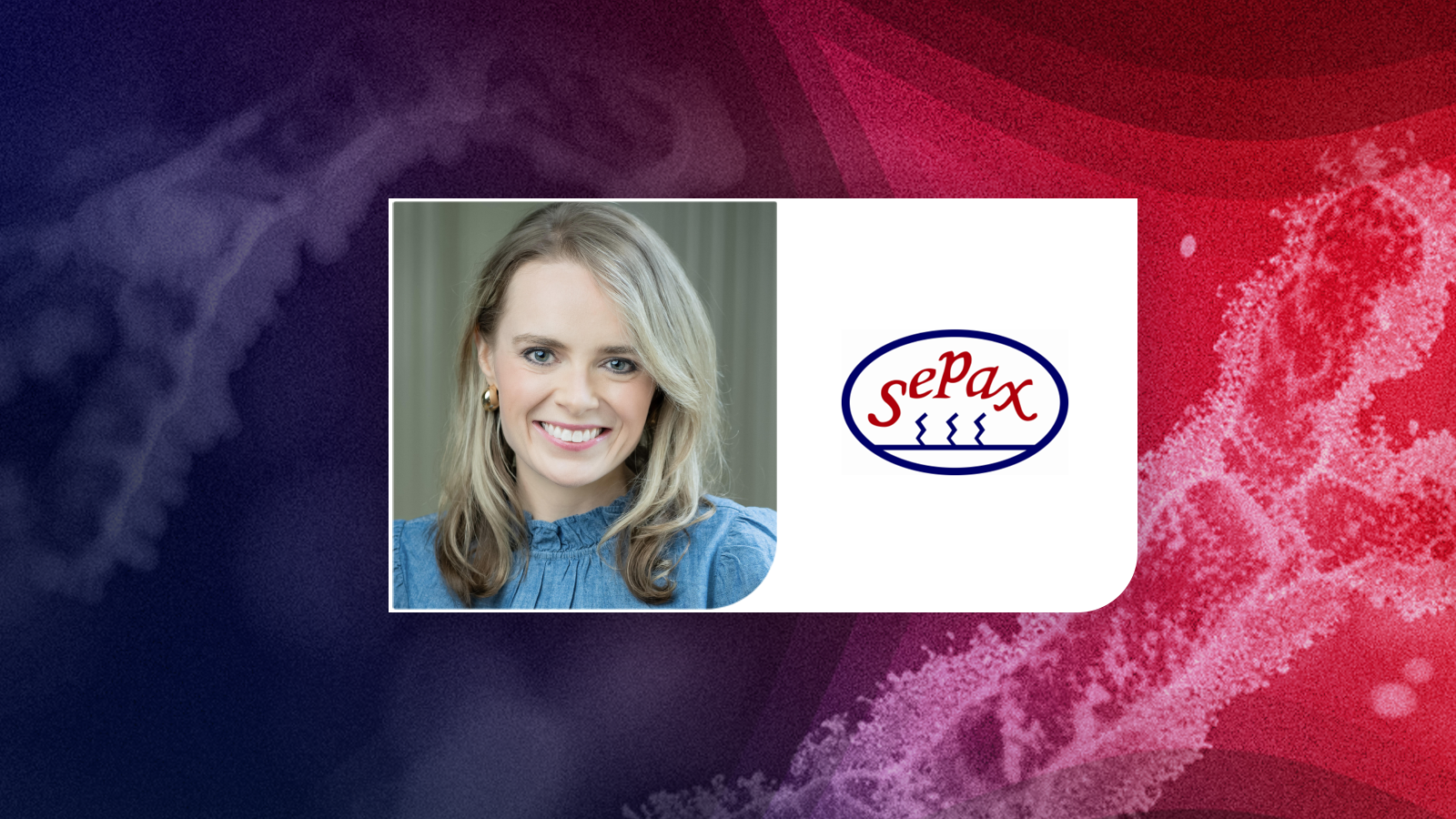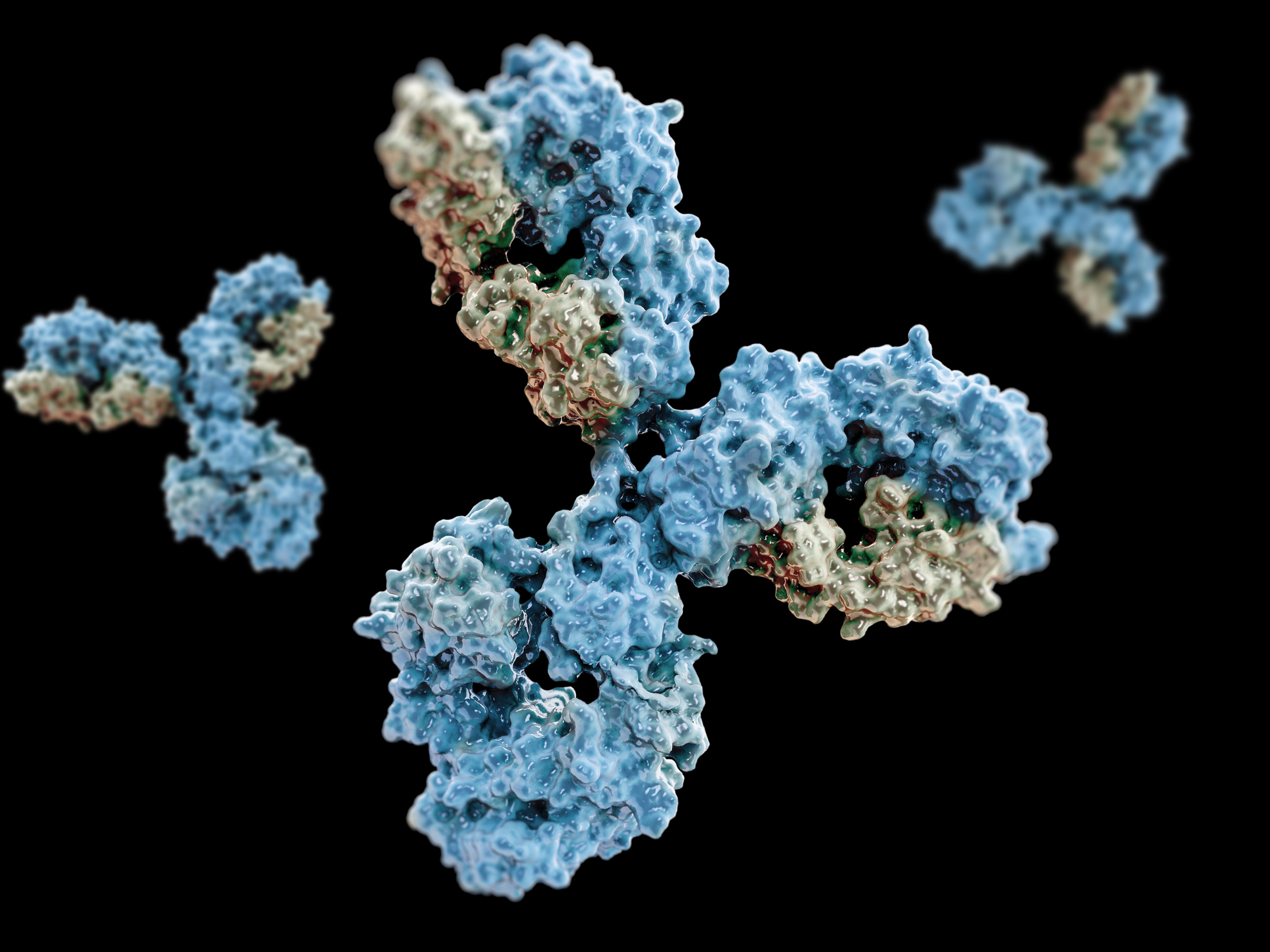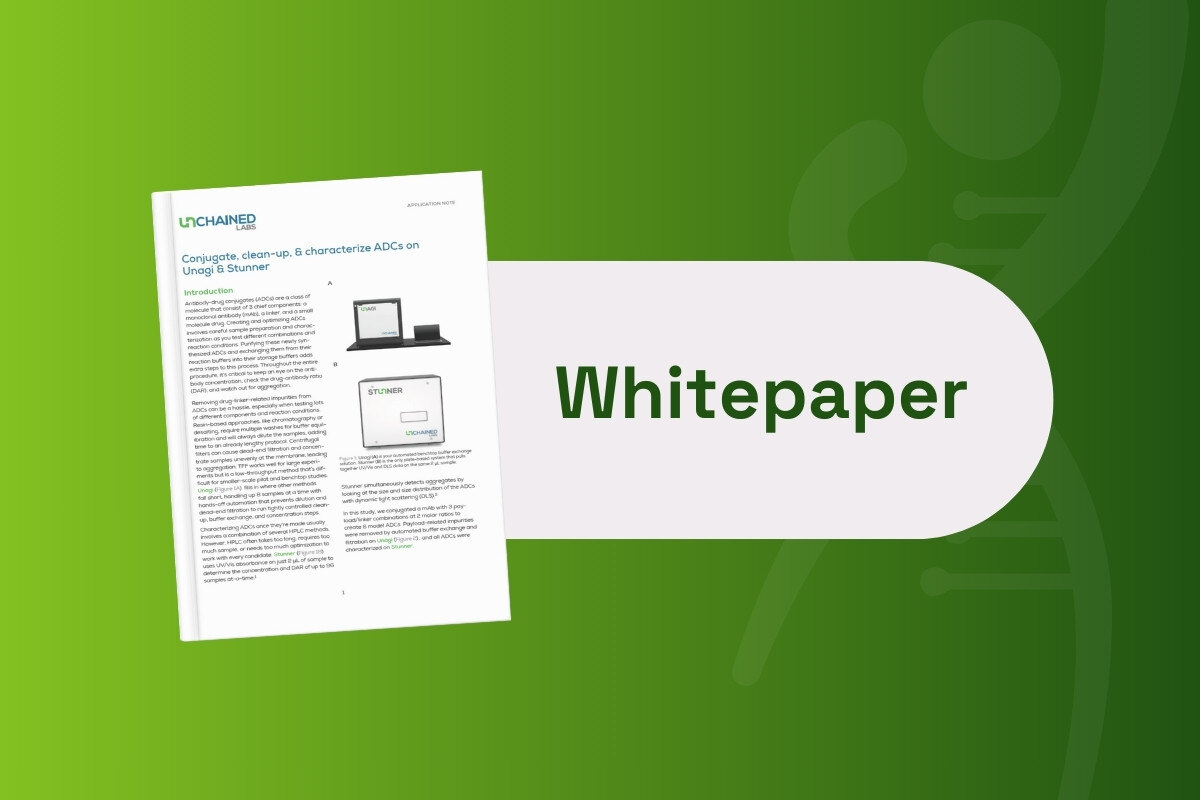Q&A with Silvia Crescioli, Business Intelligence Creator, The Antibody Society
.jpg)
Q&A Summary
What stood out for you as particularly notable or impactful?
Crescioli particularly enjoyed talks about early discovery and clinical advancement of antibody therapeutics. Crescioli found the workshop on the FC mediated effect of function profiling “engaging and insightful.”
Noting the balance of industry, academic, and service provider attendees, Crescioli said: “I believe bringing together these two worlds is becoming more important due to the rapid progress of the field.” The agenda was designed to allow plenty of time for networking: “crucial for both the attendees’ professional growth and to foster collaborations and progress in the field.”
What key trends are you observing in the antibody industry?
The Antibody Society studies trends in the global antibody therapeutic clinical pipeline by continuously collecting data. Crescioli said that since 2010, they’ve noticed an increase in enhanced medical antibodies like bispecifics and ADCs entering the clinic. Furthermore, the Society has also noticed an increase in canonical monospecific antibodies and immunomodulatory molecules in the clinic.
With this increase over the past five years, the Society have tracked trends in the types of targets, formats, and ADC payloads. Of particular note are combinations of these properties like bispecific ADCs or bispecifics with immunomodulatory properties.
What are the biggest challenges, how do you see them being addressed in the near future?
Crescioli said that the complexity and variety of antibody formats that have arisen from advances in antibody engineering techniques over the past decade has led to the biggest challenges for the industry at the moment.
Because of this, antibody designers will need to avoid unexpected efficacy and safety issues. Therefore, understanding the relevant biology is more important than ever when designing the next generation of therapeutic antibodies. This means understanding targets in their physiological and pathological context and designing the antibody to complement that.
Crescioli also mentioned antibody developability, which includes work in basic biology and preclinical assessment. “To do so, collaborations between academia and industry, as well as between scientists from different backgrounds: from biologists to chemists to clinicians to bioinformaticians, will be crucial. I believe that conferences like this one are a great forum for allow this to happen.”
Have there been any recent regulatory actions relating to antibody development that you’re aware of?
Crescioli said that the Antibody Society has noticed an increase in Complete Response Letters (CRLs) issued by the FDA in the past five years. In particular, they noticed an increase in CRLs were due to CMC concerns.
CRLs are issued by the FDA regarding concerns with a marketing application – and they can delay approval by the authority by six months or more. Therefore, Crescioli noted that this highlights the need to be proactive and ensure that the manufacturing sites meet the FDA requirements for Good Manufacturing Practice (GMP).
What are you excited to discuss at next year’s NextGen Biomed conference?
At NextGen Biomed 2025 in March, Crescioli will provide an overview of the current commercial antibody therapeutic clinical pipeline. Her presentation will provide updates on antibodies in regulatory review and those which have recently been approved.
This includes the Antibody Society’s analysis of the trends in terms of targets, formats, and characteristics of antibody therapeutics. Crescioli will cover next generation and unconventional ADCs, bi- and multi specific antibodies, and immunomodulatory antibodies. “I’m very happy to have the opportunity to present these results, and I look forward to NextGen Biomed in 2025.”









